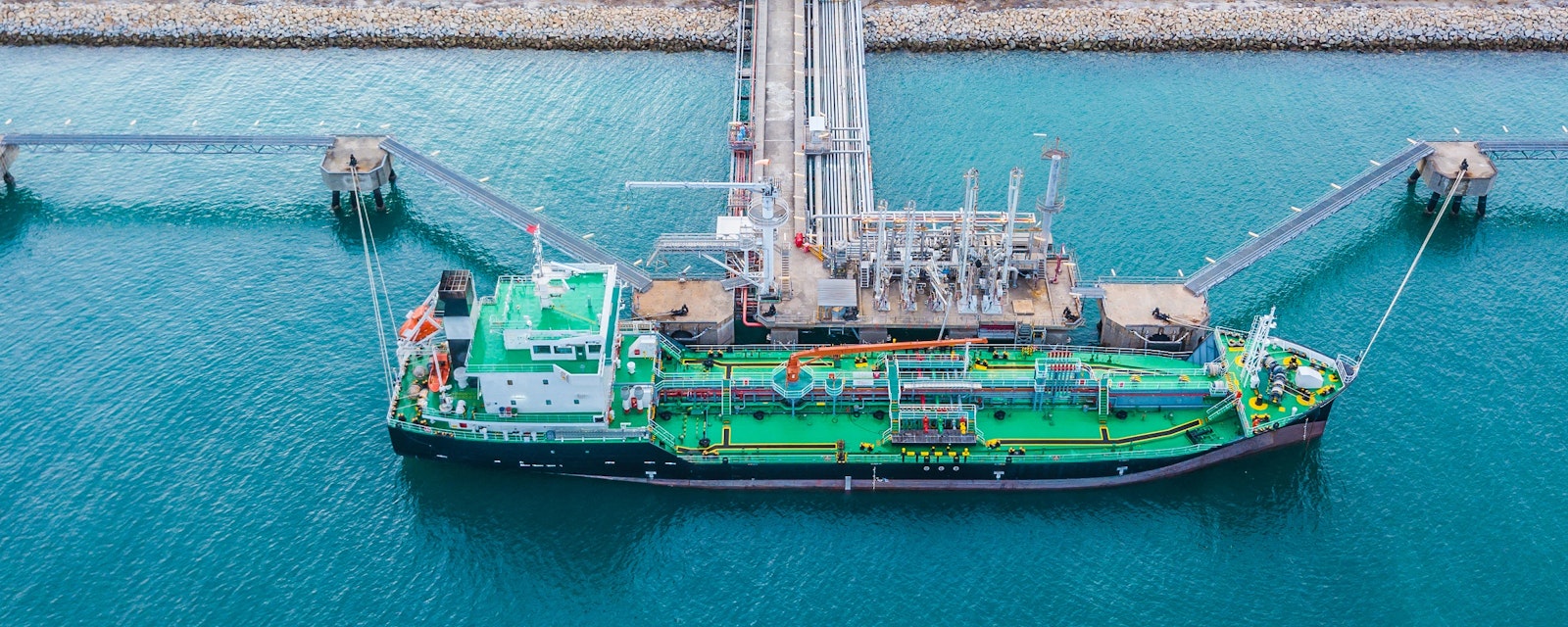Mixed signals across oil markets have created a very unstable landscape. Geopolitical tensions will underpin current volatility leaving little room to balance the market and stabilize prices for the foreseeable future. This has triggered a trend toward greater market interference and protectionism that could remain and spill into a wider swath of trade practices in 2023.
The oil markets are not okay. The tug-of-war between OPEC+ choosing to cut production in early October, the US and other OECD countries using SPR reserves to try to offset price increases, and the continued uncertainty about the G7 Russian oil price cap and where China lands on zero-Covid have created unnatural market conditions. There is little certainty, signals are misleading, and there is a lot of guesswork at play among market observers.
What is clear is that each of these factors in turn shows little potential for reversing course in the foreseeable future, meaning a rollercoaster for oil markets. In addition, geopolitical differences are both one root cause and a lingering, inflammatory pressure on these current trends.
Buyer/Supplier Dynamics at Core of Volatility
Just a few weeks ago, OPEC+ took the decision to cut oil output by 2mbpd to correct what they deemed an oversupplied market and push prices up to a more supportive level. The action, met with frustration particularly in the US, resulted in further efforts to coordinate SPR releases and sparked further tensions in already fraying ties between the US and Gulf Arab allies.
Fast-forward to early December, and oil prices have recently touched below USD 80/bbl mark, a level not seen since the start of Russia’s invasion of Ukraine. Geopolitics are a major driver led by impending measures to further cut Russian oil production and exports and uncertainty over China’s demand outlook, as Beijing looks to discreetly shift away from zero-Covid to instead flatten the curve. Quickly, chatter over a potential OPEC+ output increase at their 4 December meeting has shifted course to more certain signs they will hold the line on their output cut decision as they await clearer market signals.
Meanwhile, two other variables are at play. First, the US-led G7 oil price cap on Russian crude (and the 5 December EU embargo on seaborne Russian crude imports). The price was to be announced ahead of 5 December to help moderate EU plans to ban the provision of maritime and insurance services to all Russian cargoes. The fact no price has been announced at such a late hour clearly reflects internal strife over what price can handicap Russian oil revenue while preventing too dramatic an impact on global oil supply and prices. Whatever that price, it looks to be a unicorn.
Second, the US is allowing limited resumption of production in Venezuela and shipment of crude to US refiners. The US Treasury emphasized the decision reflects long-standing US policies to offer sanctions relief based on concrete steps to address humanitarian concerns in Venezuela and restore democracy. While there is plenty of reason for skepticism that Venezuela’s President Nicolas Maduro will uphold the terms, the US decision nevertheless comes just ahead of the next OPEC+ meeting and oil price cap announcement; Venezuelan crude could prove a useful stand-in for Russian Urals as tighter restrictions come into play.
Trouble Ahead for Global Trade and Geopolitics in 2023
The sum total of the above events shows a geopolitical landscape with a lot of room for miscalculation. OPEC+ announcements and buyer-led initiatives to rebalance the market have resulted in tit-for-tat measures that could heighten tensions between the US/West and the Middle East (and at a time no less when Iran may look to step up its challenging behavior following the collapse of nuclear deal talks).
Oil market interference has replaced the normal ebbs and flows tied to technical factors, maintenance schedules and exploration as well as economic drivers and other demand-side influences. As we look to the year ahead, this sets an uncomfortable precedent for trade and greater geopolitical contest. Russia is showing no signs of relenting, tensions with China have prompted the US and EU to pursue policies that protect and promote their high-tech industries at home, and the rush to establish clean energy supply chains threatens to create polarizing new contests for resources across Africa, Latin America, and beyond.




